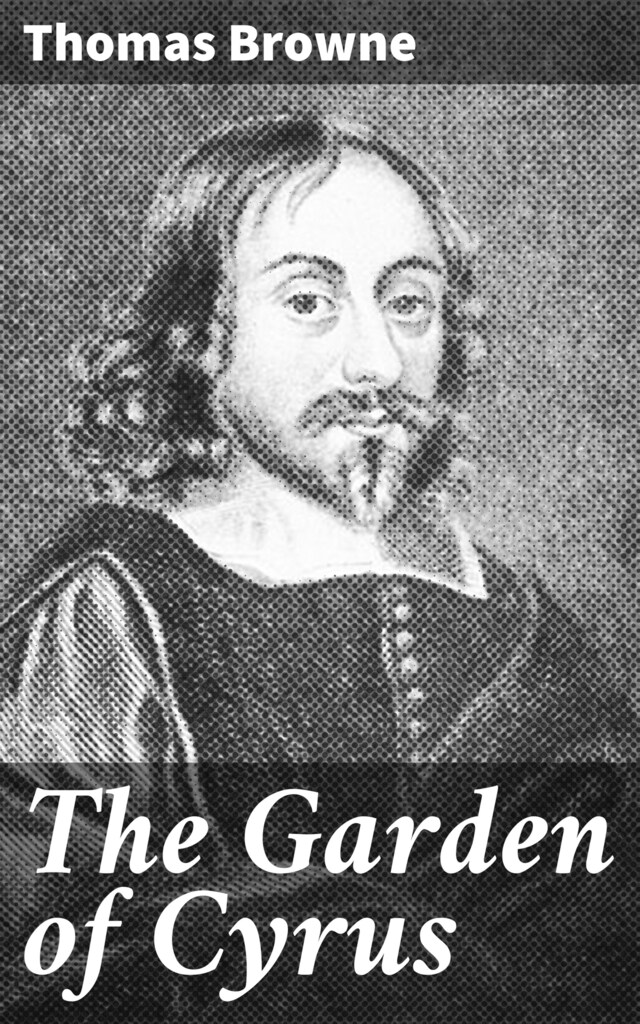
The Garden of Cyrus
Exploring the Mysteries of Nature and Cosmos Through Symbolism and Design
Opis książki
Thomas Browne's "The Garden of Cyrus" is a captivating exploration of the intersection between nature, philosophy, and art, presented through the lens of the author's unique metaphysical style. Written in 1658, this work stands out as an intricate discourse on the significance of the quincunx pattern, which Browne employs as a symbol of order and beauty within the chaotic diversity of the natural world. Rich with allegorical references and a blend of erudition and whimsy, Browne's prose invites readers to ponder the deeper connections between human creativity and the divine design observed in gardens, thus situating the book within the broader context of Renaissance humanism and the burgeoning scientific inquiry of the era. As a physician and a natural philosopher, Thomas Browne was deeply influenced by the intellectual currents of his time. His wide-ranging interests in science, medicine, and literature, along with his commitment to examining the cosmos, shaped his literary voice, allowing him to weave complex ideas into palatable narratives. Having published seminal works on religion and the nature of existence, Browne's synthesis of the natural and the metaphysical in "The Garden of Cyrus" reflects his imaginative exploration of the wonders of creation. This book is a must-read for those interested in the interplay between literature and philosophy. Browne's eloquent prose and profound insights will resonate with anyone who seeks to understand the philosophical underpinnings of nature and human endeavor. "The Garden of Cyrus" not only enriches our understanding of 17th-century thought but also inspires contemporary readers to reflect on the garden as a microcosm of the universe.
 Thomas Browne
Thomas Browne 66 Strony
66 Strony